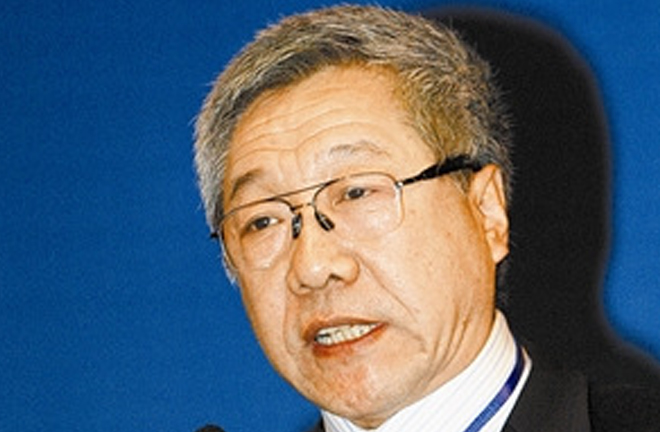ZHENG BINGWEN: Smart policy solutions needed to avoid middle-income trap
 Based on the world’s four income groups classified by World Bank, we can chart the development of China’s economy since 1978 and make reasonable predictions. China has now entered the stage of upper-middle income. It is relatively sure that in six or seven years, China will sidestep the middle-income trap to become a high-income country.
Based on the world’s four income groups classified by World Bank, we can chart the development of China’s economy since 1978 and make reasonable predictions. China has now entered the stage of upper-middle income. It is relatively sure that in six or seven years, China will sidestep the middle-income trap to become a high-income country.
However, there are still gaps between China and developed countries in Europe and America. It is imperative to adopt a long-term perspective, restructure the economy and foster new sources of growth so that the nation will maintain its momentum once it has cleared the middle-income trap. To this end, China has much to learn from those countries that have gone through the process.
Countries in Europe and America were the first to realize industrialization, and they have led the global economy ever since. After the end of World War II, some economies successfully advanced past the middle-income stage, such as the four so-called Asian Tigers, several former socialist countries in Central and Eastern Europe, as well as a number of countries in South America.
Though the countries differ in terms of historical conditions and development paths, they offer lessons that everyone can benefit from. First, their experience taught us the importance of total factor productivity. Old capitalist countries relied on total factor productivity as the major driver of development. They developed to a peak in the late 1960s and early 1970s through technological progress and innovation.
Second, they showed us it is necessary to open to the outside world. The Asian Tigers grasped the historical opportunity to transform their growth patterns and open up, which allowed them to better capitalize on their advantages in the international division of labor. They rode on the back of the global economy’s rapid growth to successfully avoid the middle-income trap.
The third lesson underscores the vital role of the market economy. One example is countries in Central and Eastern Europe that had relatively sound economic bases and successfully realized transition. While their per capita gross national income in the initial period of transition was $2,000 to $3,000, they implemented a market economy after the transition, greatly accelerating the development of productive forces.
Analyzing international experience and China’s own conditions, we have confidence that we are capable of sidestepping the middle-income trap in six or seven years, as long as there are no disruptive mistakes in politics, economy and system. Our next goal then is to become a moderately developed country.
To realize these aims, we can draw on lessons from other countries. The experience of developed countries in Europe and the Americas shows that innovation is increasingly vital to economic growth, so there must be a shift from factor-driven to innovation-led growth. During the transition to the high-income stage, the promotion of innovation needs to rely on society as a whole. If total factor productivity can be improved, it should be used to test the innovation-led effect because at the high-income stage a greater share of economic growth must be derived from innovation.
Opening up and adhering to a market economy were the two key features of successful development in high-income countries after World War II, and these two factors were also the source of China’s rapid economic growth in the last three decades. The former is an external condition, while the latter is internal. Opening up and market economy will be the two indispensable wheels to boost the economic growth at the high-income stage as well.
We also must strive to enhance soft power in order to fully release the nation’s economic potential and support sustainability as the country passes the middle-income trap and joins the ranks of the moderately developed countries.
The article was translated from People’s Daily. Zheng Bingwen is director of the Institute of American Studies at the Chinese Academy of Social Sciences.

 PRINT
PRINT CLOSE
CLOSE